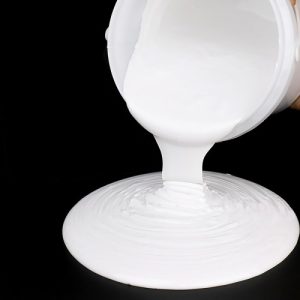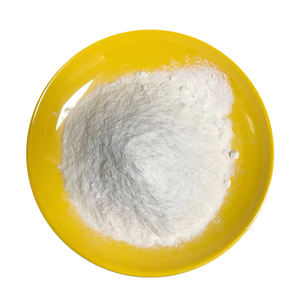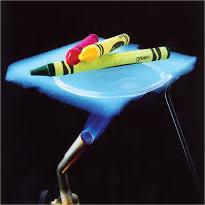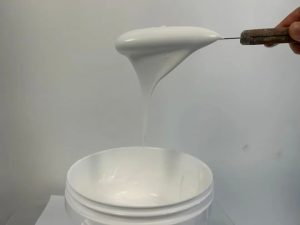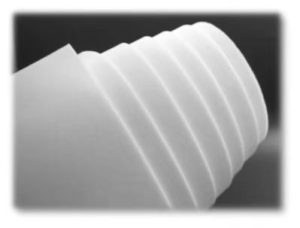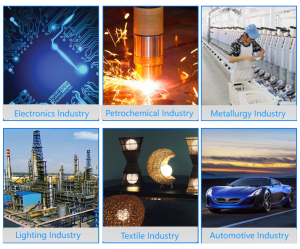Professional industry ceramic supplier, silicon nitride, silicon carbide, aluminum nitride and any other kinds of ceramics.
1. Introduction
Just 24 hours ago, the U.S. Department of Commerce announced a $3 billion investment to boost domestic semiconductor crystal growth capacity—a move aimed at reducing reliance on overseas wafer production. At the heart of this initiative? Advanced thermal processing equipment that relies heavily on one unsung hero: the silicon carbide crucible.
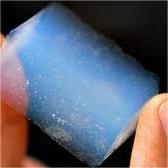
While most people associate silicon carbide with abrasives or armor, its role in high-purity crystal synthesis is where it truly shines. In semiconductor fabs and research labs worldwide, silicon carbide crucibles are enabling the next generation of power electronics, LEDs, and quantum devices by providing unmatched thermal stability and chemical resistance during melt processing.
2. The Demanding World of Crystal Growth
Growing single-crystal ingots—like those used for silicon wafers or gallium arsenide (GaAs) substrates—requires temperatures exceeding 1,500°C in highly controlled atmospheres. Any contamination or thermal fluctuation can ruin an entire batch, costing tens of thousands of dollars.
Traditional ceramic crucibles made from alumina (Al2O3) or zirconia (ZrO2) often degrade under these conditions. Alumina can react with molten silicon, while zirconia may introduce oxygen impurities. Enter silicon carbide: a material with exceptional thermal conductivity (up to 120 W/m·K), low thermal expansion, and remarkable inertness to molten semiconductors.
3. Why Silicon Carbide Crucibles Outperform Alternatives

Silicon carbide crucibles offer several key advantages in crystal growth applications:
- Extreme thermal shock resistance: They can withstand rapid heating and cooling cycles without cracking.
- Minimal reactivity: Unlike alumina, silicon carbide doesn’t readily dissolve into molten silicon or GaAs.
- High purity options: Reaction-bonded (RBSiC) and sintered SiC crucibles are now available with impurity levels below 10 ppm—critical for electronic-grade crystals.
- Long service life: A single silicon carbide crucible can last 10–20 growth cycles, far outpacing zirconia or graphite alternatives.
For context, boron carbide vs silicon carbide comparisons often favor boron carbide in neutron absorption or armor, but silicon carbide dominates in high-temperature structural stability—making it ideal for crucibles.
4. Beyond the Crucible: Supporting Components in Crystal Furnaces
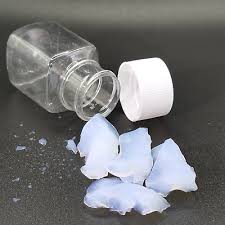
The ecosystem around crystal growth doesn’t stop at the crucible. Many ancillary components also leverage silicon carbide’s properties:
- Silicon carbide ceramic tubes and thermocouple protection tubes shield sensors in aggressive atmospheres.
- Silicon carbide burner nozzles and silicon carbide brick line furnace chambers for uniform heat distribution.
- Silicon carbide ceramic columns and RBSiC silicon carbide tile blocks provide structural support in vertical Bridgman or Czochralski systems.
Even silicon nitride plays a complementary role—silicon nitride rings and custom silicon nitride heat shields are used where electrical insulation is needed alongside thermal stability. However, for direct melt contact, silicon carbide remains unmatched.
5. Emerging Trends and Material Synergies
As the industry pushes toward wider bandgap materials like silicon carbide itself (for SiC wafers), the demand for ultra-clean processing environments intensifies. Here, silicon carbide crucibles are paradoxically used to grow more silicon carbide—thanks to specially coated or doped variants that prevent self-contamination.
Meanwhile, advanced ceramics manufacturing is exploring hybrid systems. For instance, alumina-zirconia composites may line certain zones, but the core melt vessel remains silicon carbide. Even high purity silicon nitride powder market growth reflects the broader shift toward nitride- and carbide-based ceramics in extreme environments.
Interestingly, while consumer products like silicon carbide ceramic baking dishes or silicon carbide dinner plates leverage the material’s durability for kitchen use, they share the same foundational chemistry—just without the ultra-high-purity requirements of semiconductor applications.
6. Conclusion
In the race to secure semiconductor supply chains and enable next-gen electronics, the humble silicon carbide crucible is proving indispensable. Its unique blend of thermal, mechanical, and chemical properties makes it the go-to solution for one of the most demanding steps in chip manufacturing: growing flawless crystals at extreme temperatures. As investment pours into domestic crystal growth, expect silicon carbide crucibles—and their supporting cast of advanced ceramic components—to remain at the forefront of industrial innovation.
Our Website founded on October 17, 2012, is a high-tech enterprise committed to the research and development, production, processing, sales and technical services of ceramic relative materials such as Why. Our products includes but not limited to Boron Carbide Ceramic Products, Boron Nitride Ceramic Products, Silicon Carbide Ceramic Products, Silicon Nitride Ceramic Products, Zirconium Dioxide Ceramic Products, etc. If you are interested, please feel free to contact us.

